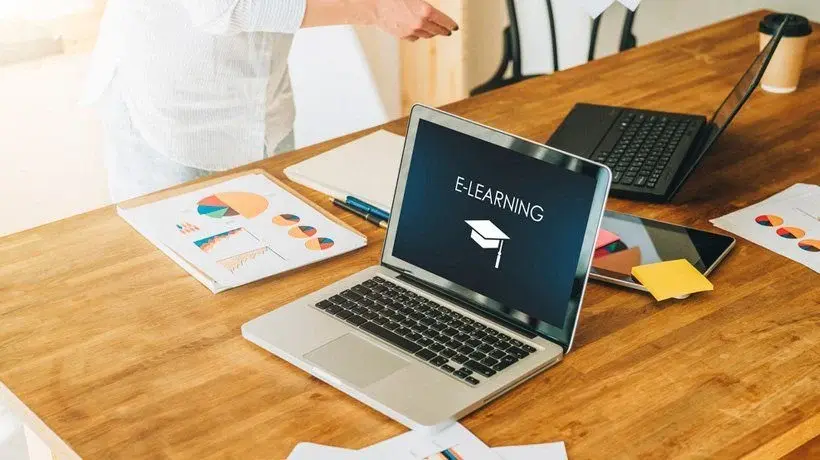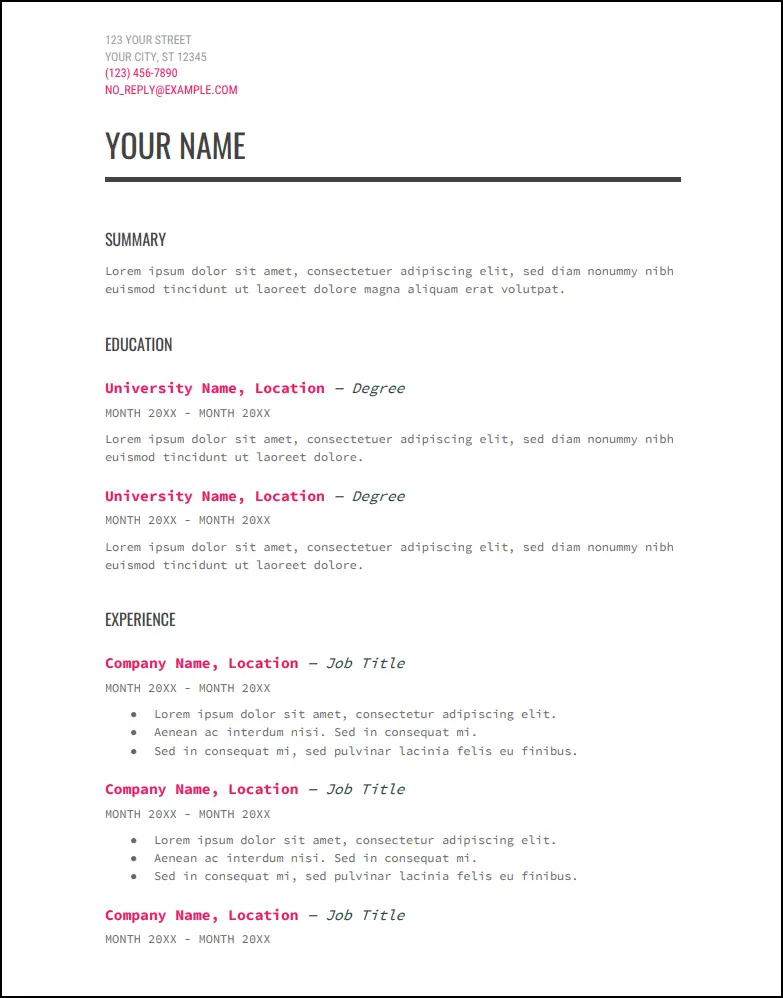Unveiling New Dimensions: Exploring the Best E-Learning Resources in the World

In an era where information is just a click away, e-learning resources worldwide redefine how we acquire knowledge and skills. These resources have become essential tools in the education and training sectors, promoting accessibility, flexibility, and efficiency in learning processes. This comprehensive guide explores the best e-learning resources globally, highlighting how they cater to diverse learning needs and preferences.
Table of Contents
The Evolution of E-Learning Resources in the World

Defining E-Learning Resources
E-learning resources encompass a broad spectrum of tools and content that support and enhance learning in a virtual environment. These resources are designed to be accessible anywhere and anytime. They provide a flexible and convenient way for learners to engage with educational content according to their schedules and learning paces. Here are further details about the types of e-learning resources and their benefits:
Types of E-Learning Resources
- Online Courses: These can be asynchronous, where learners access materials at their convenience, or synchronous, featuring real-time interactions with instructors and peers. Online courses often include video lectures, readings, quizzes, and interactive content.
- Video Tutorials: These are step-by-step visual guides that demonstrate how to perform specific tasks or explain concepts in detail. Video tutorials are viral for teaching practical skills such as software use, cooking, or mechanical repairs.
- Interactive Simulations: These tools provide virtual scenarios that mimic real-world processes or systems, allowing learners to experiment and learn through trial and error without the risks associated with real-world applications. Simulations are widely used in medicine, aviation, engineering, and business.
- E-Books and Digital Libraries: E-books provide a digital alternative to traditional textbooks and are often enhanced with links, multimedia content, and interactive features to enrich the reading experience. Digital libraries give learners access to vast resources that would be difficult to amass physically.
- Educational Games: Combining entertainment and learning, educational games engage users through challenges that require applying learned skills or knowledge. These are particularly effective in motivating younger learners but are also increasingly used for adult education.
- Learning Management Systems (LMS): These digital platforms organize and deliver educational content and track student progress. They facilitate the administration, documentation, tracking, reporting, and delivery of educational courses or training programs.
- Webinars and Virtual Classrooms: These live online sessions allow for real-time interaction between instructors and students. They. They often feature presentations, discussions, and interactive activities that mimic traditional classroom experiences.
Benefits of E-Learning Resources
- Accessibility: Learners can access materials from anywhere with an internet connection, making education more accessible to those in remote locations or with mobility constraints.
- Cost-Effectiveness: Many e-learning resources are less costly than traditional education due to reduced overhead costs. Additionally, digital materials can often be updated more cheaply and more efficiently than reprinting textbooks.
- Customization and Flexibility: Digital platforms often allow for a personalized learning experience where users can adjust the pace, order, and focus according to their needs and preferences.
- Interactivity and Engagement: Many e-learning tools incorporate interactive elements that can lead to higher engagement and retention rates. Interactive simulations, quizzes, and games make learning more dynamic and enjoyable.
- Continuous Improvement: E-learning resources can be easily updated and improved based on user feedback and advancements in the field, ensuring learners can access the most current and high-quality information.
Critical Components of Effective E-Learning Resources:
- Content Relevance: Timely and applicable information.
- Engagement Tools: Interactive elements that promote active learning.
- Accessibility Features: Resources that are accessible for learners with disabilities.
- Technological Compatibility: Compatible with multiple devices and operating systems.
Top E-Learning Resources in the World for Professional Development
Comprehensive Platforms for Corporate Training
LinkedIn Learning
- Highlights: Offers a vast library of courses focused on business, technology, and creative skills.
- Features: Personalized course recommendations and expert-led sessions.
Coursera
- Highlights: Partnerships with leading universities and companies worldwide.
- Features: Provides professional certificates and degrees in various disciplines.
Utilizing E-Learning Resources for Academic Excellence
Leading Academic Platforms
Khan Academy
- Highlights: Known for its comprehensive K-12 programs and early college courses.
- Features: Interactive exercises and instructional videos for a wide range of subjects.
EdX
- Highlights: Collaboration between top-tier universities to offer a wide range of college-level courses.
- Features: MicroMasters programs and professional certificate courses.
Choosing the Right E-Learning Resources in the World

Factors to Consider
- Learning Objectives: Align resources with your learning goals.
- User Experience: Seamless and intuitive user interface.
- Support Services: Availability of adequate learner support and resources.
- Cost-Effectiveness: Free or reasonably priced options without compromising quality.
Incorporating E-Learning Resources into Everyday Learning
Strategies for Effective Learning
- Regular Scheduling: Dedicate specific times for e-learning to build a routine.
- Active Participation: Engage with the content through forums, quizzes, and discussions.
- Practical Application: Apply learned concepts to real-world scenarios to enhance retention.
- Continuous Feedback: Utilize assessments and feedback mechanisms to gauge progress.
FAQs About E-Learning Resources
Q1: How do e-learning resources worldwide cater to different learning styles?
A1: They offer varied formats such as videos, quizzes, and interactive simulations that appeal to auditory, visual, and kinesthetic learners.
Q2: Can e-learning resources replace traditional classroom learning?
A2: While e-learning resources provide an excellent alternative, combining them with traditional methods often yields the best educational outcomes.
Q3: What are the emerging trends in e-learning resources?
A3: Personalization through AI, increased virtual and augmented reality use, and a focus on mobile-friendly formats are vital trends.
Conclusion: The Future of Learning with E-Learning Resources
The best e-learning resources continue to evolve, driven by technological advancements and a growing understanding of educational needs. They offer limitless possibilities for learners to enhance their knowledge and skills in an increasingly competitive world. By leveraging these resources, individuals and organizations can achieve educational goals and remain at the forefront of innovation.
Embrace the transformative power of the best e-learning resources in the world to unlock new learning opportunities and propel your personal and professional growth to new heights.






